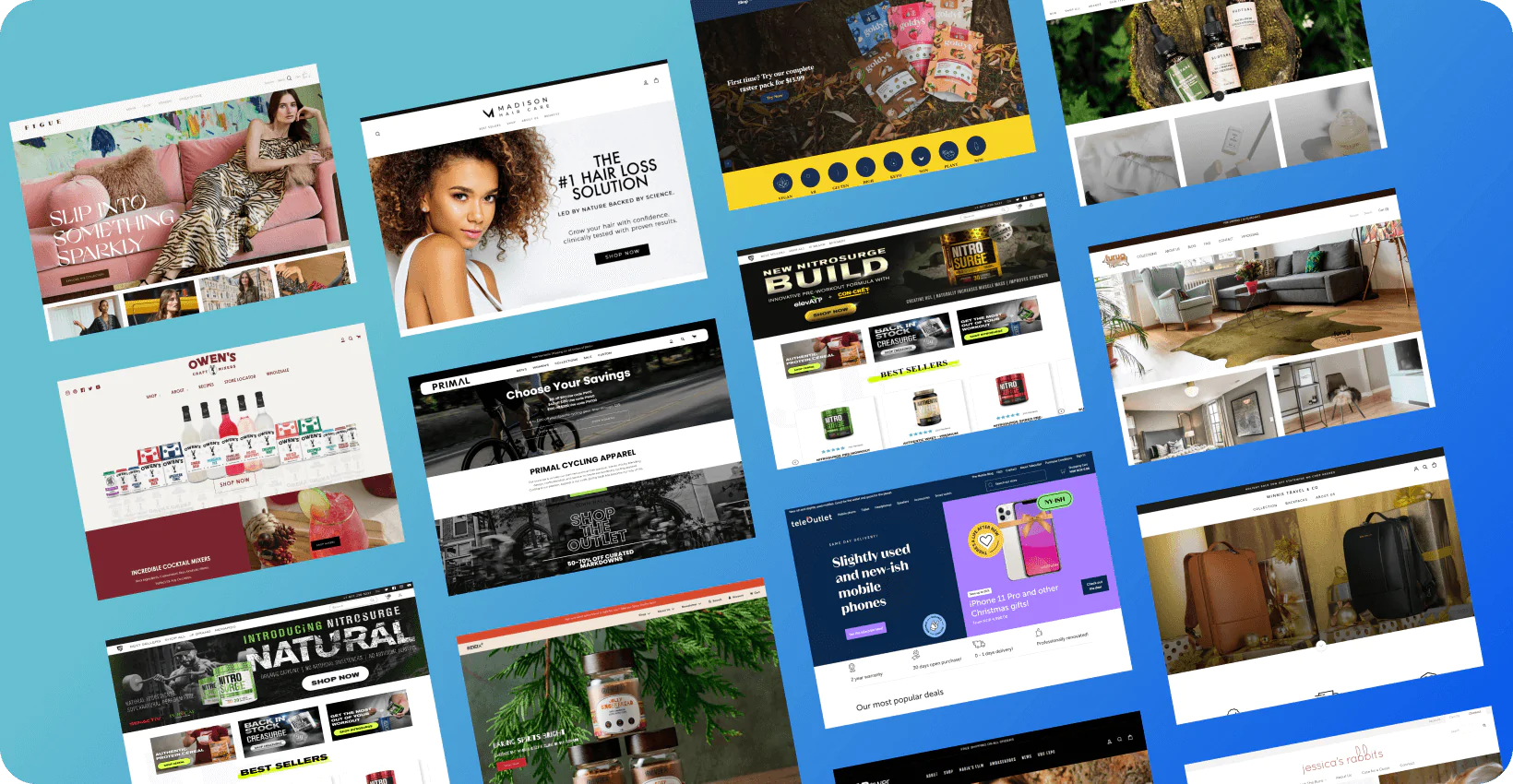In the dynamic world of e-commerce, businesses are in a perpetual quest for novel strategies to elevate the online shopping journey and outpace their rivals. A trend swiftly gaining momentum is headless commerce, a paradigm that decouples the front-end presentation layer from the back-end commerce functionality.
Within this article, we will delve into the intricacies of headless commerce and examine how enterprises can harness cutting-edge technologies to seamlessly integrate Shopify, an industry-leading e-commerce platform, into their operational framework.
1. Understanding Headless Commerce:
Headless commerce is a modern approach to e-commerce architecture that decouples the front-end presentation layer (the "head" such as the website or mobile app) from the back-end commerce functionality (such as inventory management, checkout, and payment processing).
In traditional e-commerce setups, the front-end and back-end are tightly coupled, meaning that changes to one often necessitate changes to the other. However, with headless commerce, these layers operate independently, allowing for greater flexibility, agility, and customization.
In a headless commerce architecture, the front-end presentation layer can be built using any technology stack, such as JavaScript frameworks like React or Vue.js, while the back-end commerce functionality, including product management, inventory management, checkout processes, and payment processing, is handled separately by a commerce platform like Shopify, Magento, or WooCommerce.
The separation of the front-end and back-end enables businesses to deliver immersive and consistent user experiences across various digital touchpoints, including websites, mobile apps, voice assistants, smart devices, and IoT devices. It also allows for faster innovation and iteration, as updates or changes to the front-end can be implemented without affecting the underlying commerce functionality.
Headless commerce empowers businesses to adapt quickly to changing market trends, experiment with new technologies, and provide personalized and omnichannel shopping experiences to their customers. It is particularly beneficial for businesses that require flexibility, scalability, and the ability to integrate with third-party services and technologies.
2. Benefits of Headless Commerce:
a. Flexibility: With headless commerce, businesses have the freedom to design and customize the front-end experience without constraints imposed by the underlying commerce platform.
b. Omnichannel Capabilities: Headless architecture enables seamless integration with multiple channels and devices, allowing businesses to engage customers across web, mobile, social media, voice assistants, and more.
c. Faster Time-to-Market: By decoupling front-end and back-end systems, businesses can iterate and deploy changes to the customer experience more rapidly, enabling faster innovation and adaptation to market trends.
d. Scalability: Headless commerce architecture is inherently scalable, allowing businesses to handle high traffic volumes and accommodate future growth without compromising performance.
3. Integrating Shopify with Next-Gen Technologies:
a. Progressive Web Apps (PWAs): PWAs combine the best features of web and mobile apps, delivering fast, reliable, and engaging experiences to users across devices. By integrating Shopify with PWAs, businesses can create immersive shopping experiences that rival native apps.
b. Voice Commerce: Voice assistants like Amazon Alexa and Google Assistant are becoming increasingly popular for shopping tasks. By integrating Shopify with voice commerce platforms, businesses can enable customers to make purchases, track orders, and engage with their brand using voice commands.
c. Augmented Reality (AR) and Virtual Reality (VR): AR and VR technologies offer immersive and interactive shopping experiences, allowing customers to visualize products in real-world environments before making a purchase. By integrating Shopify with AR/VR solutions, businesses can enhance product discovery and drive conversion rates.
d. Artificial Intelligence (AI) and Machine Learning (ML): AI-powered personalization and recommendation engines can analyze customer data to deliver tailored product recommendations, personalized offers, and targeted marketing campaigns. By integrating Shopify with AI/ML technologies, businesses can deliver hyper-personalized shopping experiences that resonate with individual customers.
4. Best Practices for Implementing Headless Commerce with Shopify:
a. Define Clear Objectives: Identify specific business goals and objectives for implementing headless commerce, such as improving user experience, increasing conversion rates, or expanding to new channels.
b. Select the Right Technologies: Evaluate and select the appropriate next-gen technologies that align with your business requirements and objectives. Consider factors such as scalability, compatibility, and ease of integration with Shopify.
c. Focus on User Experience: Prioritize user experience throughout the implementation process, ensuring that the front-end interface is intuitive, responsive, and optimized for various devices and channels.
d. Test and Iterate: Conduct thorough testing and optimization to ensure that the integrated solution meets performance, security, and usability standards. Iterate based on user feedback and analytics to continuously improve the shopping experience.
Next- gen technologies and Shopify :
As consumers continue to demand seamless, personalized, and immersive shopping experiences, the adoption of headless commerce and integration with next-gen technologies has become imperative for businesses seeking to stay competitive in the digital age. By leveraging the flexibility and scalability of headless architecture and integrating Shopify with innovative technologies such as PWAs, voice commerce, AR/VR, and AI/ML, businesses can unlock new opportunities for growth, engagement, and differentiation in the evolving e-commerce landscape.




